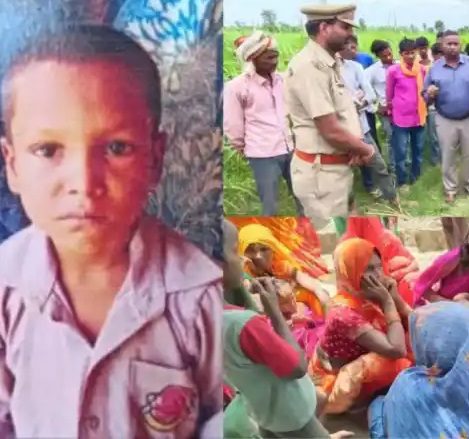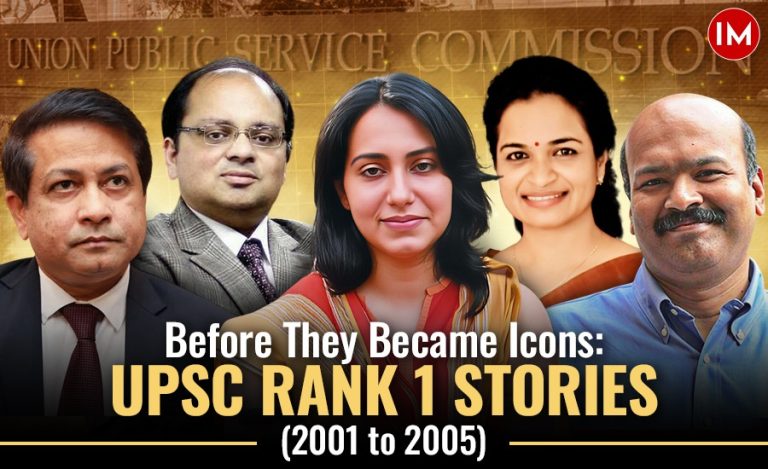The terror unleashed by wolves in Uttar Pradesh’s Bahraich district reached such alarming levels that it demanded intervention from both the district and state forest departments. The situation grew so dire that the forest minister had to publicly address the crisis. In Mahshi tehsil, a crucial area in Bahraich’s Terai region near the Nepal border, six wolves wreaked havoc, rendering life miserable for residents in several villages. Despite extensive efforts by the forest department, three of the wolves have been captured, but the remaining three continue to roam freely, leaving the community in a state of unease.
The wolves, which attack in packs and have been particularly targeting children, have caused a severe crisis. To date, 7 people have lost their lives due to these attacks, and over 30 others have been injured. The forest department is working tirelessly around the clock to capture the remaining wolves, but despite their efforts, only three of the pack have been apprehended so far.
Indian Masterminds interviewed Ajeet Pratap Singh, the District Forest Officer (DFO) of Bahraich, and Akash Deep Badhawan, the DFO of Barabanki and a 2016 batch IFS officer who has been appointed as the Task Master for this mission. We sought to gain insight into the unfolding crisis and the strategies being employed to capture the wolves. The discussion aimed to uncover details about the wolves’ habits, their habitat, and the overall plan to address the situation effectively.

THE FIRST INCIDENTS
On March 10 of this year, the first incident was reported when a wolf attacked and killed a child. Following this, the forest department sprang into action. Based on the feeding patterns and pug-marks found at the scene, the department identified the attack as being caused by a wolf. Subsequent investigations revealed that multiple wolves were involved, and footage from drones confirmed their presence.
To grasp the severity of the situation and the terror caused by these wolves, even the local MLA, Mr Sureshwar Singh has joined the night patrols.
DFO Ajeet remarked, “After the initial incident, we determined that a wolf was responsible for the attack. We then launched a comprehensive operation to capture them. There are six wolves in total, one of which is limping.”

BREED OF WOLVES & HABITAT
These wolves are wild, but they have made their habitat along the riverbank. Their den was located on the banks of the Ghaghara River in Bahraich, an area known for its riverbank islands where wolves typically reside. Mr Singh noted, “These wolves seldom inhabit forests. Their primary habitat is the riverbank.”
Mr Ajeet further said, “Since March, wolves have attacked nearly two dozen villages in Mahsi tehsil. In the past 40 days alone, there have been around 30 attacks, resulting in the deaths of five children and injuries to over 30 people.”
THE REASON BEHIND THE ATTACKS
Several factors contribute to the wolves’ attacks. When their natural habitat was flooded, their prey base was also destroyed, driving them to seek food in populated areas.
Small children, being more vulnerable, have become easy targets, which explains why they are being attacked.
THE PATTERN OF ATTACK
The wolves exhibit a distinct attack pattern – they hunt in packs and follow a specific routine. They target children sleeping in their homes, kill them, and then drag their bodies to isolated areas to consume their remains. Since the forest department intensified their efforts, the wolves have altered their attack times.

HOW THEY WERE CAUGHT
The forest department set up traps in multiple locations to capture the wolves. They began by tracking the wolves’ movements, analyzing their pug marks, and comparing their trails. Based on this information, they placed cages with bait in strategic spots. The wolves, often active at night, were lured into the cages by the bait. This method successfully captured three wolves, although one of them has since died. Mr Ajeet noted that the first three wolves were captured within a month.
He said, “The same approach is being used to capture the remaining three wolves. If necessary, tranquilizers may be employed to assist in their capture.”

THE PLAN NOW
The forest department has developed a comprehensive plan to tackle the ongoing wolf crisis. Nine teams are actively engaged in the effort, implementing strategic measures to capture the remaining wolves. They have installed five cages and seven cameras in key areas where the wolves have been sighted, enhancing their ability to monitor and trap the animals.
Given the escalating danger and the seriousness of the situation, Akash Deep Badhawan has recently been appointed as the taskmaster for this mission. Having previously served as the DFO of Kartaniaghat Wildlife Sanctuary in Bahraich, he is well-acquainted with the area.
In conversation with Indian Masterminds, he explained, “We are continuously adapting our strategy based on the evolving situation. We are using two infrared and thermal drones to track the wolves in real time. Additionally, we are gathering information from residents and our information network. We are diligently tracing their pug-marks and movements to stay on their trail.”
To tackle the wolf crisis, 20 teams from five forest divisions in Uttar Pradesh – Bahraich, Katarniaghat Wildlife Sanctuary, Shravasti, Gonda, and Barabanki – are conducting round-the-clock patrols.
USING ELEPHANT DUNG
Simultaneously, elephant dung and urine are being employed to deter the wolves from residential areas. Officials explained that the scent of elephant dung and urine creates the illusion of the elephants’ presence, which drives the wolves away. To achieve this, elephant dung is burned to produce smoke, which further discourages the wolves from approaching due to the strong odor.
Mr Badhawan said, “Wolves, known for hunting in packs, have a natural fear of elephants. To exploit this, forest officials set elephant dung on fire, creating a smoke that mimics the presence of elephants. This tactic drives the wolves away from the area, leveraging their instinctive fear to protect the communities.”
MEASURES TO PROTECT VILLAGERS
Mr Badhawan further explained that our primary objective is to protect the villagers from the wolves. To achieve this, we have implemented a strategy to drive the wolves away from residential areas.

In the affected villages, coordinated patrols are underway involving police, administrative staff, forest department teams, and local residents, all working around the clock in different groups. MLA Sureshwar Singh has actively participated in these efforts, joining night patrols for the past two nights and organizing village meetings to advise residents. He has encouraged children to stay indoors and urged villagers to patrol in groups.
Additionally, State Chief Forest Conservator for the Central Zone, Ms Renu Singh, has visited the affected areas to boost morale and directed forest department officials to expedite the rescue and capture operations.






























